Search
02373 CARBURIZATION BEHAVIOUR OF NICKEL- AND IRON-BASE ALLOYS IN THE TEMPERATURE RANGE 550 - 1200 °C
Also Purchased
03474 Alloy Carburization at Temperatures of 1,200 - 2,100°F (650 - 1,150°C)
Product Number:
51300-03474-SG
ISBN:
03474 2003 CP
$20.00
98431 COMPARATIVE CARBURIZATION OF HEAT RESISTANT ALLOYS
Product Number:
51300-98431-SG
ISBN:
98431 1998 CP
$20.00
02386 A NEW CARBURIZATION RESISTANT ALLOY FOR ETHYLENE PYROLYSIS FURNACE TUBES
Product Number:
51300-02386-SG
ISBN:
02386 2002 CP
Publication Date:
2002
$20.00




